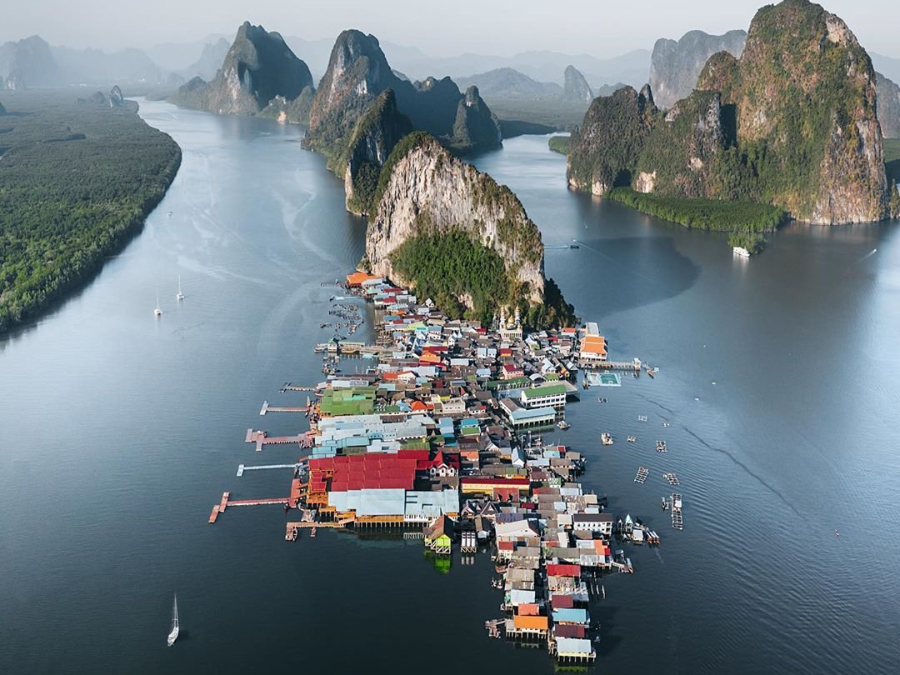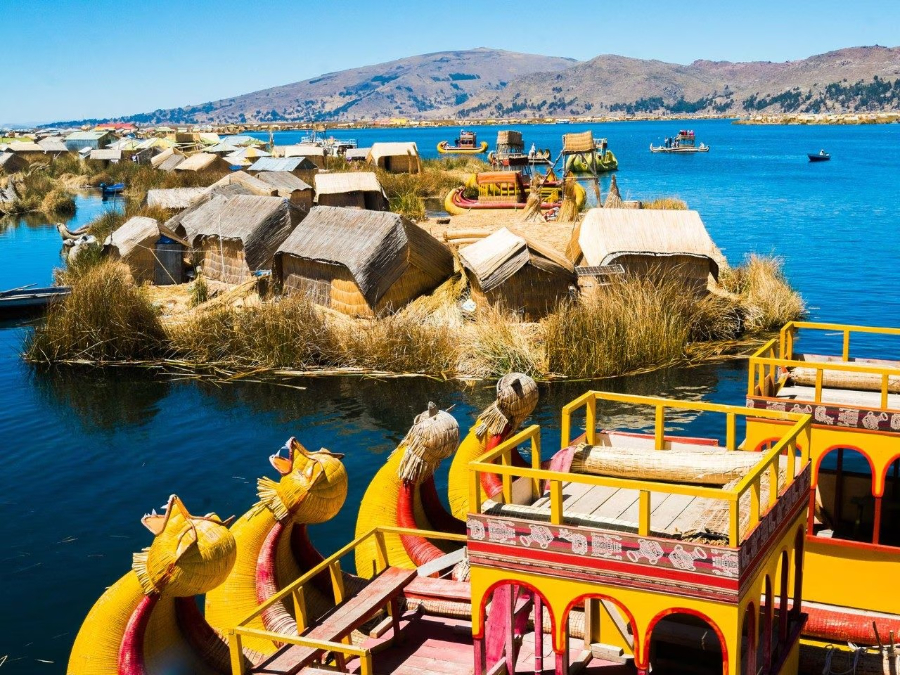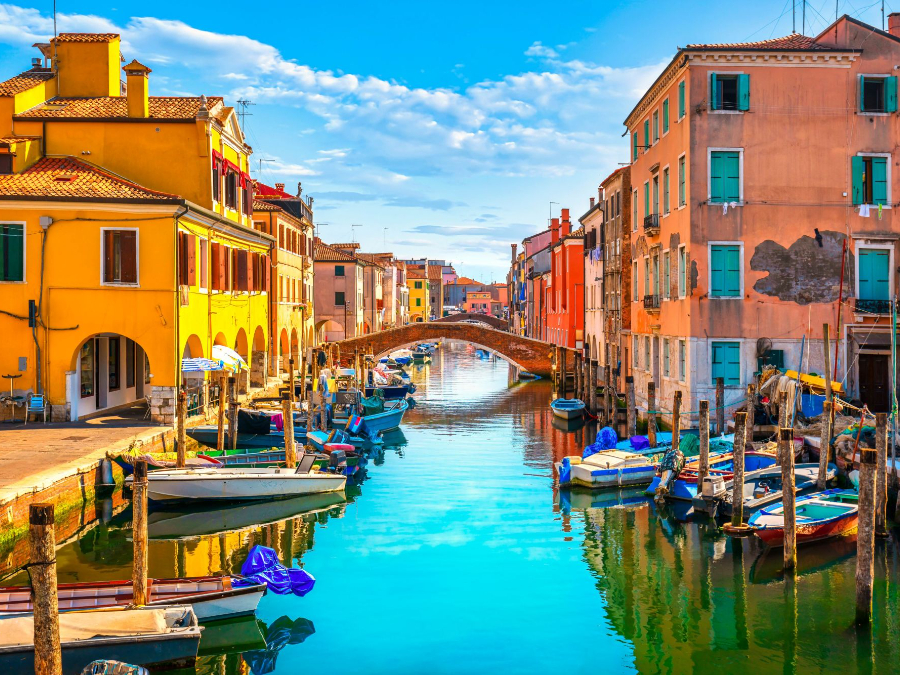

Humanity's living space can no longer be expanded beyond a certain limit. Some believe that sooner or later, the time will come when we will be forced to build on the sea.
In addition to the picturesque small Italian town, there are many other places on Earth where people have built on water. These are floating cities or small island-like towns, which are sometimes so densely populated that it’s hard to tell from the sea whether they are supported by stilts or hiding dry land beneath them.
The Venice of Africa, Benin
The largest water-based village in Africa, Ganvie, is located on Lake Nokoué. This extraordinary stilted lake village was built in the 16th–17th century and is now home to over 30,000 people. It is often simply referred to as the "Venice of Africa." The locals primarily make their living from fishing and tourism, though the latter is still minimal and slowly developing. Currently, there is a small hotel and a souvenir shop for visitors. The village is connected to the mainland, although it technically doesn’t need it, as the people manage without it, even if in modest conditions. The village has a school, a mosque, and a floating market.

Ko Panyi, Thailand
Located in the picturesque Phang Nga province, Ko Panyi is a true paradise for those who love water and tropical weather. This floating fishing village in Thailand is home to around two thousand people and is now a popular tourist attraction. The ancestors of the locals, around the 18th century, faced Thai laws that did not allow foreigners to own land in the country. However, fishermen from Indonesia, attracted by the excellent fishing conditions, wanted to settle here, so they started building on the water. Many children travel by boat from nearby Phang Nga or Phuket island to attend the local school. The mosque at the center of the village serves as a community gathering place, but the most interesting attraction in the village is the floating football field, built by local children from old wood and leftover fishing rafts. The field was inspired by the 1986 FIFA World Cup.

Uros Floating Village, Peru
The Uros village in Peru is the most famous floating settlement in the world. The islands were created by the Uros, an indigenous tribe, centuries ago as a defense against hostile tribes. The islands are made from totora reeds, which need to be constantly replaced as the submerged part decays. Each island is home to about five families and a leader. The locals primarily make their living from tourism, fishing, and handicrafts.

Chioggia, Italy
Located just 50 kilometers from Venice, Chioggia is a lesser-known fishing village, also built on stilts. Chioggia is said to have been founded by Claudius in the 6th century. The city’s landscape is dominated by picturesque bridges, colorful houses, and romantic gondolas, and many people consider it to be much more charming than the overcrowded and touristy Venice.
